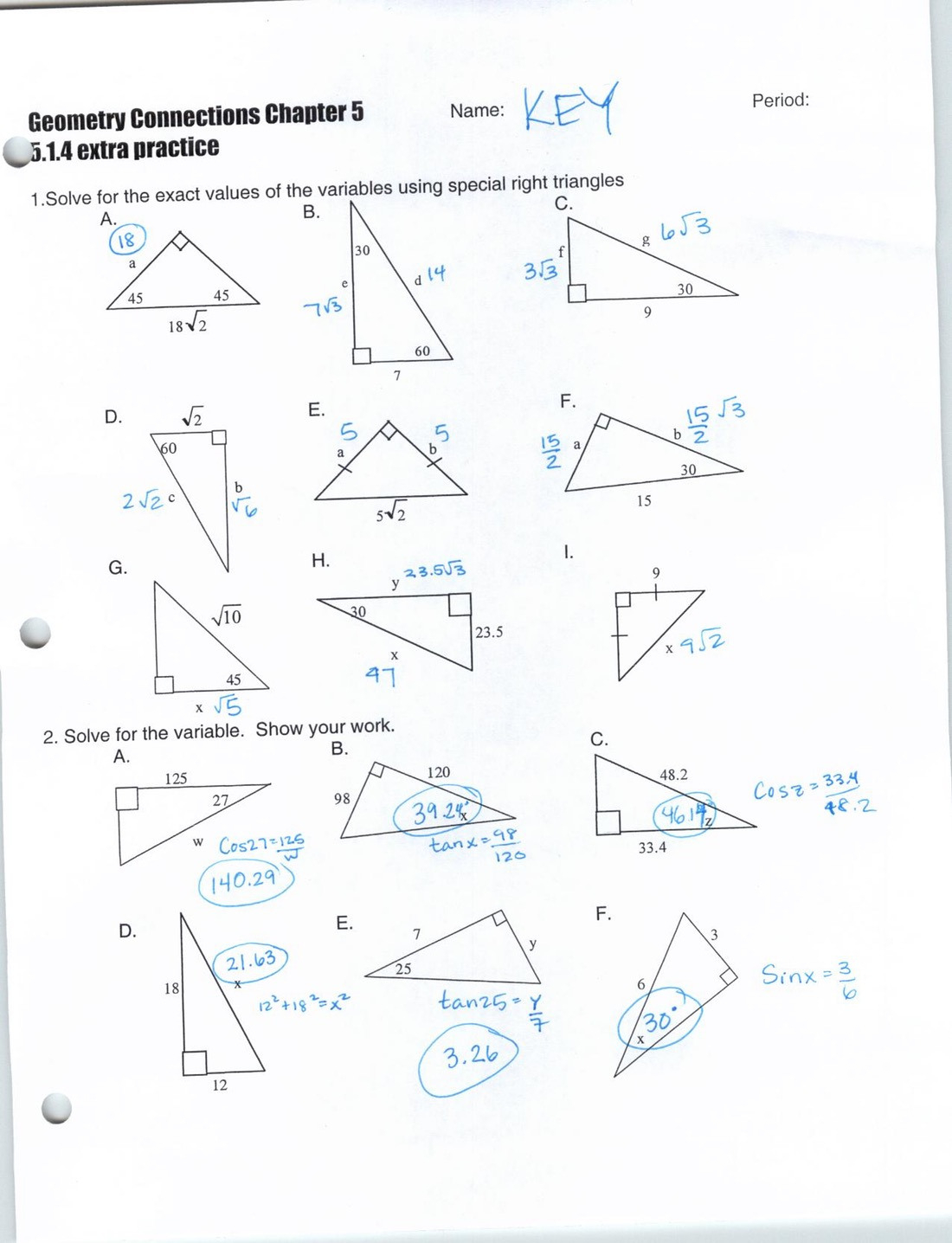

Let us find the measure of the third angle and evaluate. Using the given measurement of angles, we cannot conclude if the given triangles follow the AA similarity criterion or not. Let us understand these steps better using an example.Įxample: Check if △ABC and △PQR are similar triangles or not using the given data: ∠A = 65°, ∠B = 70º and ∠P = 70°, ∠R = 45°. Step 3: The given triangles, if satisfy any of the similarity theorems, can be represented using the "∼" to denote similarity.Step 2: Check if these dimensions follow any of the conditions for similar triangles theorems(AA, SSS, SAS).Step 1: Note down the given dimensions of the triangles (corresponding sides or corresponding angles).We can follow the steps given below to check if the given triangles are similar or not, Two given triangles can be proved as similar triangles using the above-given theorems. In the image given below, if it is known that PQ/ED = PR/EF = QR/DFĪnd we can say that by the SSS similarity criterion, △PQR and △EDF are similar or △PQR ∼ △EDF. This criterion is commonly used when we only have the measure of the sides of the triangle and have less information about the angles of the triangle. SSS or Side-Side-Side Similarity CriterionĪccording to the SSS similarity theorem, two triangles will the similar to each other if the corresponding ratio of all the sides of the two triangles are equal. In the image given below, if it is known that AB/DE = AC/DF, and ∠A = ∠DĪnd we can say that by the SAS similarity criterion, △ABC and △DEF are similar or △ABC ∼ △DEF. This rule is generally applied when we only know the measure of two sides and the angle formed between those two sides in both the triangles respectively. SAS or Side-Angle-Side Similarity CriterionĪccording to the SAS similarity theorem, if any two sides of the first triangle are in exact proportion to the two sides of the second triangle along with the angle formed by these two sides of the individual triangles are equal, then they must be similar triangles. In the image given below, if it is known that ∠B = ∠G, and ∠C = ∠F.Īnd we can say that by the AA similarity criterion, △ABC and △EGF are similar or △ABC ∼ △EGF.Ĭlick here to understand AA Similarity Criterion in detail- AA similarity criterion AA similarity rule is easily applied when we only know the measure of the angles and have no idea about the length of the sides of the triangle. AA (or AAA) or Angle-Angle Similarity CriterionĪA similarity criterion states that if any two angles in a triangle are respectively equal to any two angles of another triangle, then they must be similar triangles. Let us understand these similar triangles theorems with their proofs. SSS or Side-Side-Side Similarity Theorem.

SAS or Side-Angle-Side Similarity Theorem.AA (or AAA) or Angle-Angle Similarity Theorem.There are three major types of similarity rules, as given below, These similar triangle theorems help us quickly find out whether two triangles are similar or not. We use these similarity criteria when we do not have the measure of all the sides of the triangle or measure of all the angles of the triangle. We can find out or prove whether two triangles are similar or not using the similarity theorems. The following image shows similar triangles, but we must notice that their sizes are different. Therefore, all equilateral triangles are examples of similar triangles. That means equiangular triangles are similar. Similar triangles are triangles for which the corresponding angle pairs are equal. So, if two triangles are similar, we show it as △QPR ∼ △XYZ Similar Triangles Examples We use the "∼" symbol to represent the similarity. All corresponding sides of triangles are proportional.All corresponding angle pairs of triangles are equal.Similar triangles may have different individual lengths of the sides of triangles but their angles must be equal and their corresponding ratio of the length of the sides must be the same. Two triangles will be similar if the angles are equal ( corresponding angles) and sides are in the same ratio or proportion( corresponding sides). This property of similar shapes is referred to as " Similarity". That means similar shapes when magnified or demagnified superimpose each other. Two objects can be said similar if they have the same shape but might vary in size. Similar triangles are the triangles that look similar to each other but their sizes might not be exactly the same.


 0 kommentar(er)
0 kommentar(er)
